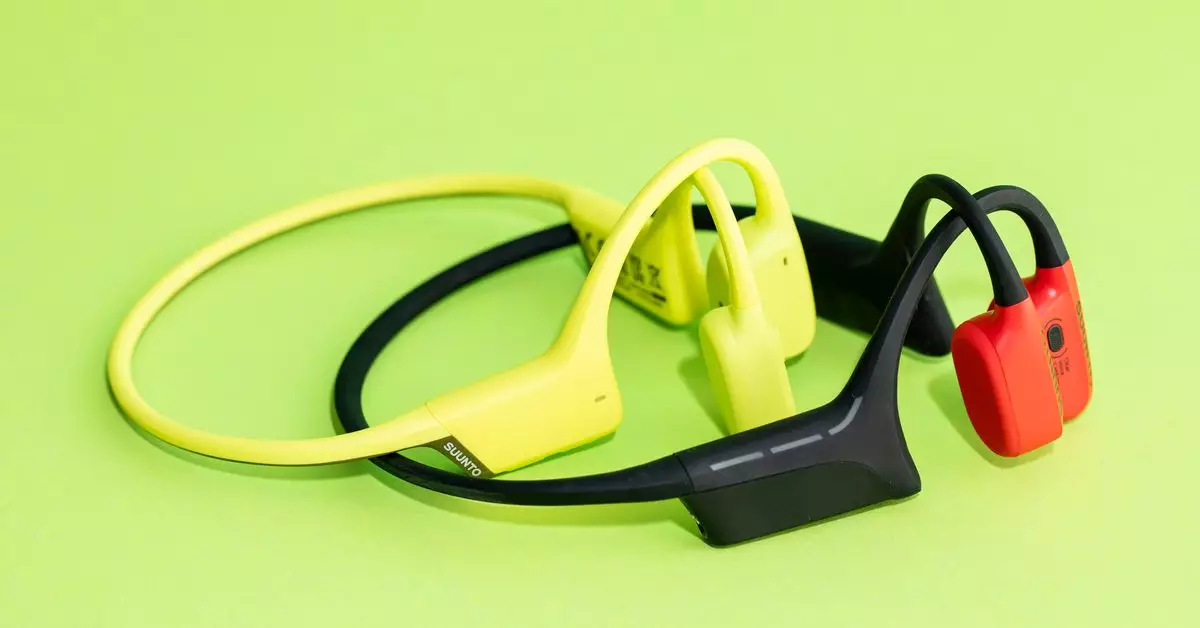As a city runner, the author never considered the importance of wearing noise-canceling earbuds until a close call while running in the suburbs. Testing both the $199 Suunto Wing and the $149 Suunto Sonic bone conduction headphones, the author found them to be comfortable to wear. Unlike previous bone conduction headphones, the wraparound design of the Suunto Wing and Sonic did not cause discomfort or stability issues during runs and walks. The author also appreciated that the thin design of the headphones did not interfere with other accessories like glasses or headbands.
While bone conduction headphones are known to lack bass, the author found the sound quality of the Suunto Wing and Sonic to be surprisingly better than expected. Although bass levels were not as strong as traditional headphones, the audio was good enough to keep the author motivated during workouts. Suunto also offers various sound profiles, including an outside mode that enhances bass slightly, improving the overall listening experience.
Despite the improved sound quality, bone conduction headphones like the Suunto Wing and Sonic are not ideal for use in loud environments. The author noted that listening to audio in loud settings like subways or crowded streets was challenging, as high volumes led to excessive vibrations. Additionally, the headphones may not be suitable for events with loud cheering crowds, limiting their versatility in different environments.
Priced at $149 and $199, the Suunto Wing and Sonic are considered on the higher end compared to competitors like Shokz, whose headphones range from $80-$180. While the Wing offers additional features like LED lighting, a power bank, and head motion controls, the author preferred the more affordable Sonic due to similar sound quality and fewer gimmicky features. The head motion controls on the Wing were noted to be unreliable, causing confusion when attempting to answer calls or skip tracks.
Both the Suunto Wing and Sonic have an estimated battery life of 10 hours, with the Wing featuring an additional power bank for an extra 20 hours of charge. However, the author questioned whether the $50 price difference for the Wing was justified based on battery life alone. While the Sonic’s IP55 rating is suitable for sweat and light rain, the Wing’s IP67 rating falls short of water resistance needed for swimming or underwater use.
The author’s experience testing the Suunto Wing and Sonic bone conduction headphones offered a new perspective on this type of audio technology. While the headphones were comfortable, had decent sound quality, and unique features, their limitations in loud environments and high price point raised concerns for everyday use. Ultimately, the search for the perfect pair of open-ear workout headphones continues for the author, highlighting the ongoing challenge of balancing comfort, sound quality, and functionality in athletic gear.


Leave a Reply